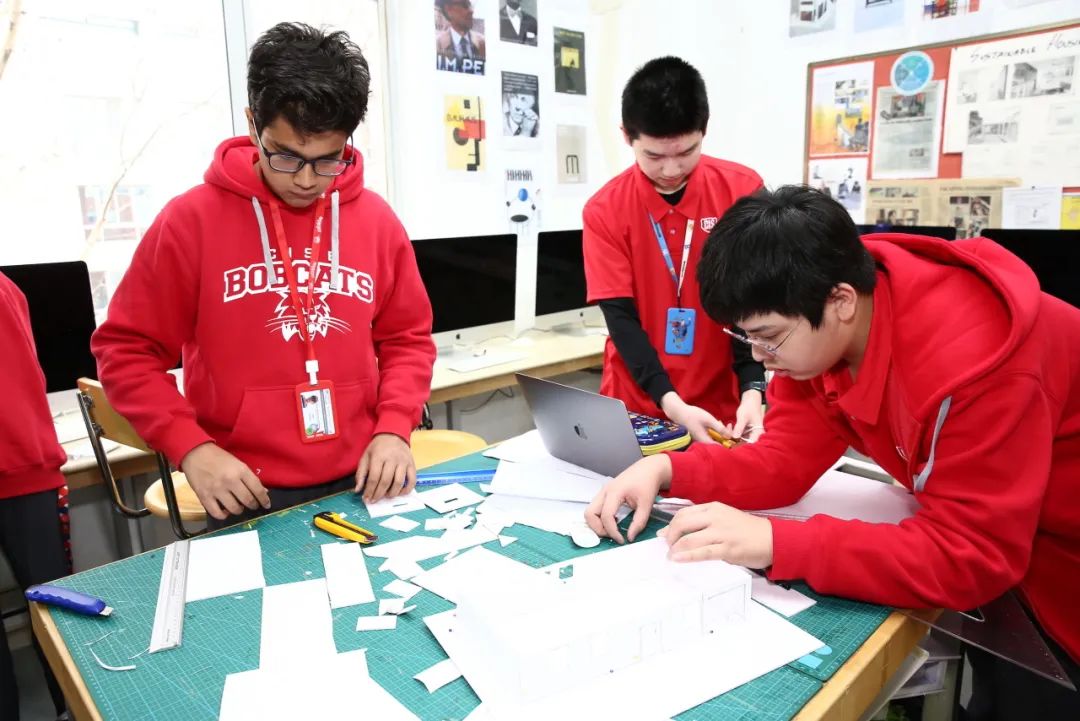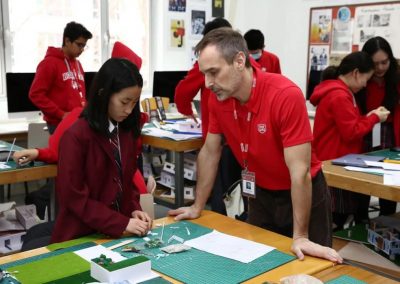
At the Canadian International School of Beijing (CISB), we illuminate the path of holistic learning through the International Baccalaureate (IB) curriculum. A cornerstone of this educational journey is scaffolding, a transformative force that empowers our students to reach new heights of achievement.
Understanding Scaffolding
Scaffolding is the sturdy framework supporting a building during construction – it’s the scaffold for students to construct their educational journey. Scaffolding is a dynamic process that invites students to take ownership of their education, bridging the gap between what they know and what they aspire to learn.
Supporting Diverse Learners
One of the standout strengths of scaffolding within the IB curriculum is its adaptability to diverse learners. At CISB, our students come from various educational backgrounds, each with unique learning needs. Scaffolding allows us to tailor support for each student, breaking down complex tasks, providing additional resources, and offering guidance as necessary. This personalized approach ensures that every student has an equitable opportunity to succeed regardless of their background.
Fostering Critical Thinking
Critical thinking and inquiry-based learning form the core of the IB curriculum, with scaffolding playing a pivotal role in nurturing these skills. Our students are encouraged to question, explore multiple perspectives, and develop analytical abilities. This prepares them for academic success and equips them to excel in a world that prizes sharp critical thinkers and creative problem solvers.
Gradual Release of Responsibility
Scaffolding is a flexible approach that adjusts to each student’s unique pace. The goal is to reduce support gradually as students gain confidence and competence. Much like a scaffold that students can climb, they ultimately reach a point where they can stand independently. This process cultivates self-motivation and resilience, essential qualities for lifelong learners.








